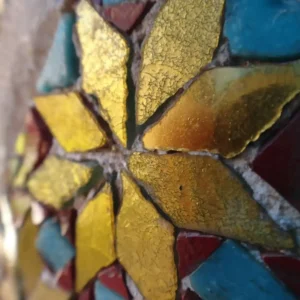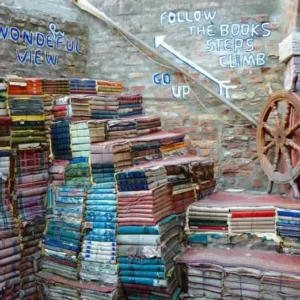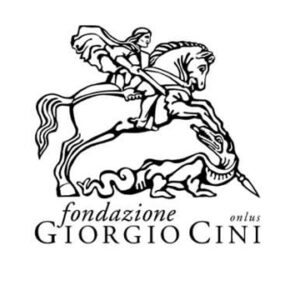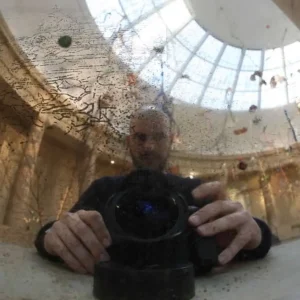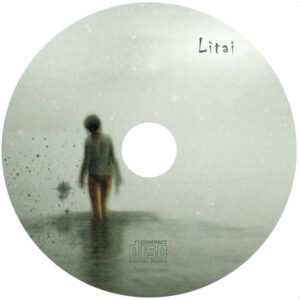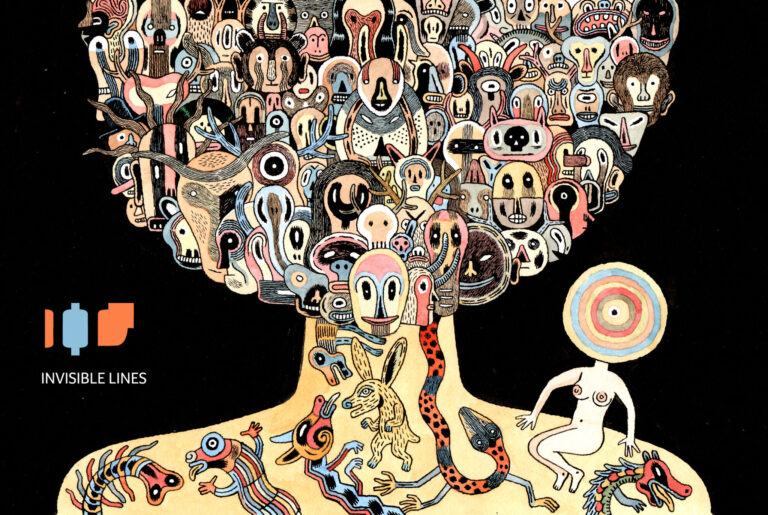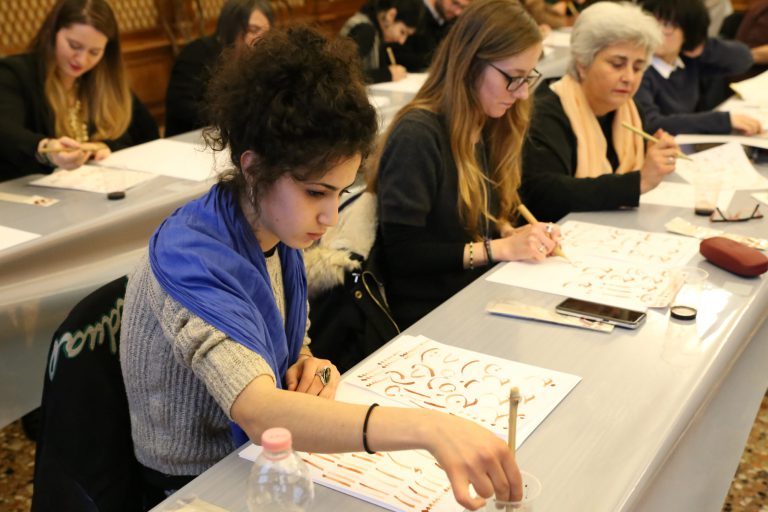Cini
From "Venice and the East" to the "Centre for Comparative Studies of Civilisations and Spiritualities"
In this article I will briefly describe the history of the "Centre for Comparative Studies of Civilisations and Spiritualities" of the Giorgio Cini Foundation. A complete version of this article with bibliographical references can be found in Francesco Piraino, 2022, "Editorial: Introducing Religiographies", Religiographies, vol. 1, n. 1, pp. 1-13.
Introduction

Describing the Institute for Venice and the East and its development into the Centre for Comparative Studies of Civilisations and Spiritualities is a challenging task. In fact, over the years the Institute/Centre has shed its skin several times. This has not only involved a change of name but also of its academic interests, approaches, methods and aims. The directors of this polymorphous Institute/Centre have been experts in Sinology, Byzantinology, Slavistics, the history of religions and, now, social anthropology. Despite this mutability and formal unsettledness, over the more than sixty years of the Institute/Centre's history, we find that its interests have mainly continued to concern spirituality, the encounter with religious and cultural diversity, the search for a humanism, the porosity between the secular and the religious, and the so-called challenges of the contemporary world.
Moreover, even before the creation of the Institute for Venice and the East in 1958, we find these themes in the mission of the Fondazione Giorgio Cini, described by Vittore Branca (1913-2004) as the promotion of "the social and spiritual growth of man, of every man, whom Vittorio felt was a son and a brother". Branca describes a desire for the truth rooted in Christianity but also tending towards an interest in the other, in the search for a living rather than an affected humanism.
“Whoever goes deep, and this is the pious philosopher, grasps the only true beyond infinite aspects, and in all religious revelations, in all the songs of poets, in all the beauties of nature, in all mathematical harmonies, it grasps the one soul, that Logos which also speaks in us, and which, as Lazzarelli will sing Platonically with exalted accents, we feel in other souls, in things, in the infinite whole, since everything is God's revelation."
The Fondazione Cini's interest in the East and in exchanges between civilisations and spiritualities culminated in 1958 in the creation of the Institute for Venice and the East as an independent section of the Fondazione's Centre for Culture and Civilisation. The Institute was created in line with UNESCO's "East and West" programme with Venice seen as the historical hinge between North and South, and East and West. The Institute was endowed with a library that now has over 40,000 books and continues to grow. The most interesting collections include the valuable acquisition in 1961 of the Beijing Library Rare Books microfilms from the Library of Congress in Washington, the donation by the French Indologist Alain Daniélou of his entire library in 1971, and donations by Ezra Pound-Olga Rudge and Nino Rota in the late 1990s. One major more recent addition is Angela Staude's donation of journalist Tiziano Terzani's library and archive in 2014.
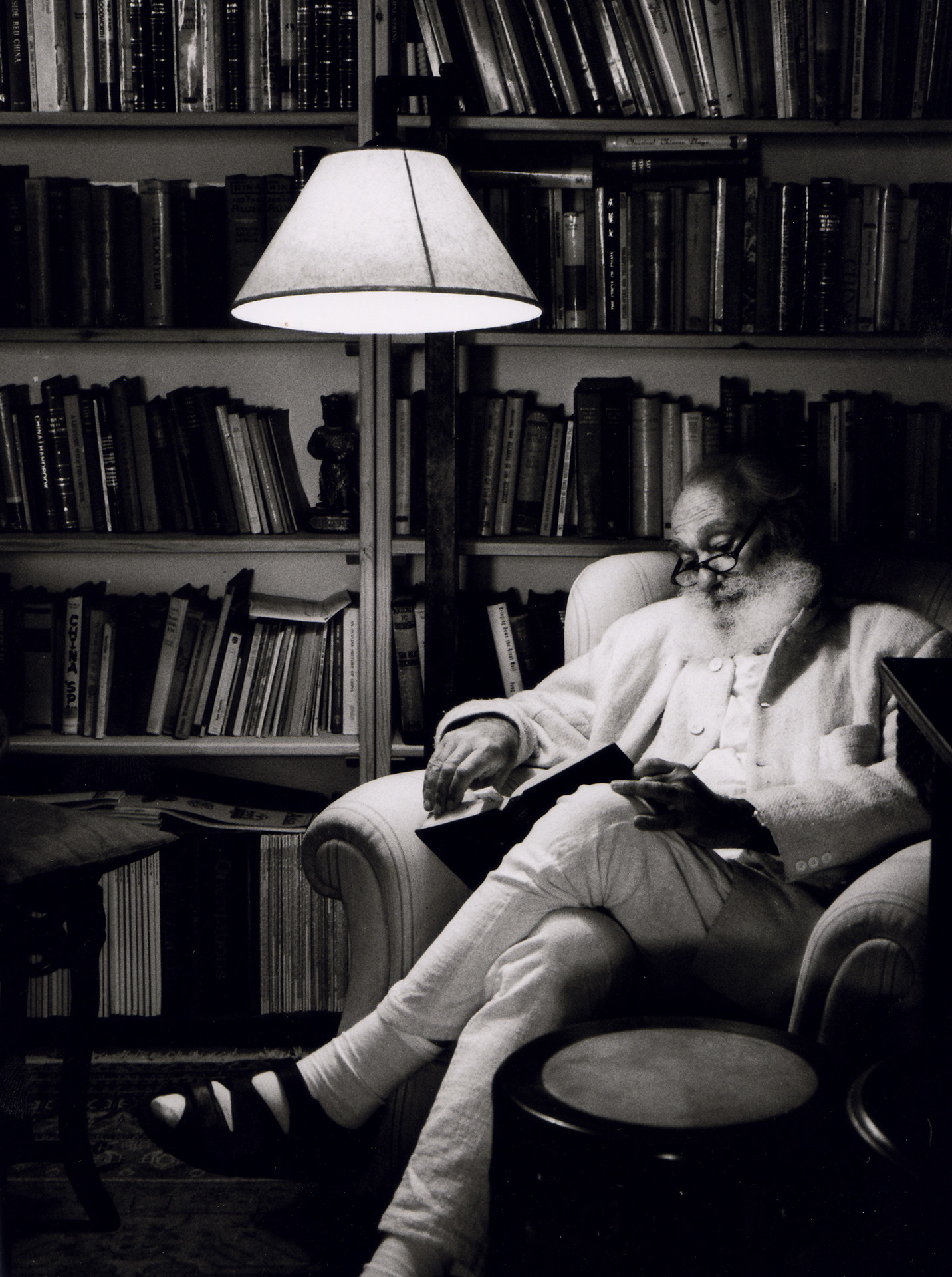
The change
The re-founding of the Institute, summed up in the new name, reflected the need for a rethink in terms of epistemology, methodology, politics, and aesthetics. The world has changed radically since the 1950s, when the name "Venice and the East" enjoyed an immediate shared meaning.
Firstly, the geopolitical opposition between communism and the capitalist-liberal world had ceased to exist, giving way to a fast-changing multipolar world. The Foundation no longer needed to provide a haven for dialogue between liberal Western Europe and communist Eastern Europe.
The change was not only geopolitical. It went deeper and developed into the complex set of phenomena called globalisation, characterised by a new increasing circulation of capital, goods, and ideas on a global scale, and also by the accelerated worldwide spread of political and cultural forms engendered by the so-called West. In this respect, the expression "glocalisation" is perhaps more fitting, since it describes both the phenomenon of global influence and the related local adaptations and resistances.
These epoch-making changes have intensified our interest in the present and have prompted a reassessment of the past, questioning the previous ethnocentric outlook. Moreover, a growing need was felt to adopt new epistemologies and methodologies to deal with an increasingly obvious complexity which has shown up the inadequacy of a dichotomy between a "modern West" and a "traditional East".
To underline this global, multi-polar, interdisciplinary comparative approach, the reference to Venice was removed from the name of the new Centre for Comparative Studies, although it remains implicit. Venice is no longer a yardstick and measure but a starting point, a reference place in an intricate web of historical, political, and cultural events. The reference to the East has also disappeared as a term implying the idea of a monolithic East, which, as Edward Said's studies have shown, is inextricably bound up with Eurocentric essentialism, especially with the moral and political justification of colonialism and thus with the supposedly civilising mission of white Europe over the rest of the world.
Renaissance: for a Non-Manifesto of Comparative Research
The comparative study of religious and cultural phenomena that developed in the early twentieth century and was consolidated in the post-war period was also deeply affected by social, political, and epistemological changes due to globalisation. Some scholars, however, associated or even identified the comparative method with the essentialist, evolutionist and/or Eastern studies paradigm.
Several of their accusations were well-founded, since for many decades the comparative approach to religion was characterised by the notion that it was necessary to identify universal archetypes, valid in different cultures and historical contexts. This approach straddled the line between mystical/esoteric and academic research and had a "heroic" tenor. For some, it was part of a kind of resistance to mechanical, materialistic, and quantitative modernity.
The search for universal archetypes, which still fascinates many intellectuals today and may offer interesting perspectives from the point of view of knowledge, involves several issues that need to be examined closely. First of all, the focus on the universal is often accompanied by a certain disregard for philological and historical accuracy, or in some cases by a downright aversion to systematic historiographic research. Indeed, there has even been talk of "armchair anthropology", a term used to criticise research where the initial preconception determines the results of the research itself, and contact with the subjects/texts studied are minimal. The second problematic aspect concerns the way that the search for the universal may still stray into the misguided attempt to identify an "essence" in religions and peoples, or an element that remains constant in different historical and cultural contexts. This essentialist view has not only been challenged by the social sciences, but has been rightly condemned, since it can be used to justify various forms of suprematism and nationalism.
While these criticisms of comparativism are well-founded and valuable, other criticisms are flawed and unfounded. I am referring to the idea that any form of comparison is impossible because of the specificity and peculiarity of each religious and cultural phenomenon, which should be studied in its uniqueness. According to this "particularist" point of view, we should create as many anthropologies as there are religions, so there would be anthropologies of Islam, of Judaism, of Taoism, and so on. Moreover, this perspective often conceals a vindication of superiority over other phenomena: comparisons are unacceptable, because "others" are not considered to be worthy of comparison. This view fails to take into account the intersectionality of human beings, the continuity in their differences and the mutual influences that religions and cultures have produced. In fact, the study of any religious and cultural phenomenon always has a comparative component, whether implicit or explicit.
Another criticism of the comparative study of religions often raised by so-called postmodern intellectuals is the impossibility of universalism, a fundamental theme in this field: we only need consider the universalist narratives found in European esotericism, mystical currents, Neoplatonism and contemporary alternative spirituality movements. The putative impossibility of universal thinking is based on the distrust of any humanist ideal. In fact, according to some postmodern authors, humanism or universalism are nothing more than ideologies used to conceal subjective or tribal interests and forms of power. From this point of view, any universalist discourse is simply "false consciousness", a way of imposing one's own thinking on others and mystifying relations of power. The prime example is the civilising mission of colonialism: its narrative of exporting civilisation to "barbarian" countries covers up violence and exploitation.
The postmodernist vision must be credited with revealing the contradictions of some universalist discourses, but at the same time it introduces rigid analytical limits. Firstly, this form of anti-humanism can lead to subjective and individualistic defeatism, whereby it becomes impossible to think positively and constructively about the collective dimension. In fact, society, collectivities and the state become negative players, entities that pursue a biopolitical domination. The underlying danger of this interpretation is that of reducing "caring for self" to the sphere of subjectivity, to a kind of solipsism.
This inevitably reductive brief excursus on the history of comparativism was required to provide the background to the decision to speak in terms of a "non-manifesto". In fact, unlike a manifesto that coherently describes the meaning of doing comparative research, we chose to highlight the heterogeneity of the approaches adopted. In this non-manifesto of comparative studies, we wish to emphasise that comparing does not imply seeking an all-embracing synthesis of the phenomena being studied. It is not a question of searching for a metalanguage capable of summarising different phenomena, but rather of finding an infra-language capable of connecting different perspectives. We do not wish to propose a specific methodology or pre-established terms of comparison to be rigidly applied. Comparison is not right or wrong, but it can be "useful or useless", never conclusive, as Segal has argued.
From this perspective, comparing means developing a certain attention and sensitivity to the porosity between different religious and cultural phenomena, to global phenomena, to the relationship/encounter/confrontation with otherness, and to the phenomenology of the human body and emotions. For example, as Egil Asprem has pointed out, there are various ways to make a comparison: by analogy (different phenomena sharing similar forms) and homology (phenomena sharing a common genealogy). Contemporary anthropology pursues a different route by offering new ways of comparing based on the body and emotions. Lastly, the absence of a single term of comparison, of an overarching hypothesis guiding our approach to comparing, leaves room for other voices, for the protagonists of our research: it allows "emic" perspectives to emerge more clearly.
The search for possible universals, strictly in the plural, has been not abandoned, but multiplied in its various forms. To avoid the abovementioned shortcomings of the "old comparativism", the universal can no longer be studied as a set of fixed ideas or archetypes but as an ever-imperfect attempt that takes on different forms in different contexts.
Studying issues related to universality also means studying how we imagine the other and consequently how we exclude the other: "inclusivism and exclusivism", "universalism and racism" are two sides of the same coin. To broaden this horizon, we need to take into account as many dimensions as possible, such as culture, religion, ethnicity, gender, sexual orientation, etc.
In the first conference organised in collaboration with Mark Sedgwick (Aarhus University) in 2017, we analysed global influences on contemporary Sufism, in particular regarding so-called New Age spirituality, the relationship between political Islam and national interests, and the convergence of Sufism and new cultural forms, such as rap. The conference gave rise to the book Global Sufism..
Our conference on "Common and Comparative Esotericisms: Western, Islamic, and Jewish" in 2018 involved a comparative analyse of the mutual influences of different religious phenomena, sometimes the result of practical exchanges or fruit of the other's imagination. For example, in "Esoteric Transfers and Constructions" , published subsequent to the conference, we showed how Yemenite Jewish poetry was influenced by Sufism, and Christian magic by Jewish magic. A further diverse example in this field was provided by a chapter on the occultist Aleister Crowley (1875-1945) who studied, imagined and invented another Islam.
A completely different comparative approach was adopted at the conference "Embodying Scientific Medicine and Religious Healing", organised jointly with Andrea De Antoni (Kyoto University). In this case, the yardstick was not religious ideas or practices, but the body and the emotions. Comparing in this case means focusing on how the body experiences certain things in different religious contexts. Moreover, this conference explored the porosity between the religious and the secular by studying the practices of possession and exorcism alongside biomedical practices adopted for the purposes of physical and mental well-being.
A different approach again was used in the conference "Contesting in the Name of Religion in Secularised Societies: Between Doctrine and Militancy", organised in collaboration with Claude Proeschel (EPHE-CNRS) and David Koussens (University of Sherbrooke). In this case the term of comparison between the various religions was a political instrument, namely, conscientious objection. This conference gave rise to the book Religion, Law and the Politics of Ethical Diversity.
A conference on conspiracism, conceived in collaboration with Marco Pasi (University of Amsterdam) and Egil Asprem (University of Stockholm), combined several comparative approaches in the various papers. Firstly, from a historical point of view, some scholars discussed the presence of conspiracy theories in the context of the Roman Empire, questioning a widespread stereotype that sees conspiracy as a purely modern phenomenon. Others highlighted the spread and mutation of conspiracy theories, as in the case of the "Protocols of the Elders of Zion", which in the Japanese context has been modified so greatly that Jews are no longer the presumed assassins but possible heroes. Further topics include recurring psychological elements in various conspiracy theories and the connections between conspiracy and the human and social sciences. Although the conference was cancelled due to acqua alta (high water) flooding in November 2019, this did not discourage us: we subsequently worked on the book Religious Dimensions of Conspiracy Theories Comparing and Connecting Old and New Trends.
The multi-pronged approach to comparison has only been possible because of a genuinely interdisciplinary stance. Historians, sociologists, anthropologists, psychologists, literary scholars, jurists and linguists have participated in the events organised by the Centre for Comparative Studies of Civilisations and Spiritualities. From this perspective, comparing also means building new bridges between disciplines, in the hope of being able to look through various lenses at the complexity that we are faced with.
Comparison can also take us beyond the confines of scientific research in the narrow Popperian sense, delimited by the principles of falsification and verifiability. Indeed, emotions, perceptions, bodily and aesthetic experiences can have a cognitive value, even though they are difficult to describe in terms of rational coherence. Here I am thinking of art as an aesthetic experience that enables us to feel a "sensory truth", which is not imposed through the power of argumentation but allows us to "transform the sensible, the reality of sight, taste, touch and smell, which inevitably implies a change in ideas, understanding and vision". Art expressed in words or silence remains a physical, sensual, "bodily" form of consciousness. Thinkers such as Hans Georg Gadamer (1900-2002), on the other hand, are not interested in bodily and emotional dimensions, but have conceptualised artistic experience as a form of ontological augmentation of being.
“To the extent that we encounter the work of art in the world and a world in the work, it does not remain for us an alien universe into which we are magically and momentarily drawn. Instead, in it we learn to understand ourselves, which means that we overcome the discontinuity and punctuality of the Erlebnis in the continuity of our existence.”
Regardless of the different conceptualisations of art, we can argue that artistic experience is undoubtedly a valuable tool for scholarly research, enabling us to enhance our "moral imagination", as Carlo Ginzburg puts it, by allowing us to identify with people who are far removed in space, time, and customs. Art not only broadens our horizons but also challenges our beliefs and stereotypes, creating new openings.
“When reading fiction, we can find ourselves in the role of a murderer, a puppet, an insect. Dostoevsky's Crime and Punishment, Collodi's Pinocchio, Kafka's Metamorphosis: dimensions far removed from us; however these writings allow us to enter a world that is not ours and this is, it seems to me, something that feeds us deeply.”
When reading books of fiction, we may find ourselves in the shoes of a murderer, a puppet, or an insect. Dostoevsky's Crime and Punishment, Collodi's Pinocchio, Kafka's The Metamorphosis: very distant worlds from our own; but these writings enable us to enter a world that is not our own and this is something that may give us great sustenance.
Although the language of art is not universal, since aesthetic sensibilities are also constructed socially, we can say that it is undoubtedly trans-cultural and trans-historical. Finally, art enables us to make the invisible visible by giving shape to the transcendent dimension. For these reasons, the Centre has promoted hybrid events in which artists and researchers have engaged in open-ended exchanges. For example, in our workshops on Arabic and Japanese calligraphy, an annual event since 2018, students of Eastern but also of other languages have not only furthered their linguistic and calligraphic skills but have also been involved "hands-on" in exploring how calligraphy can become a ritual and a spiritual experience.
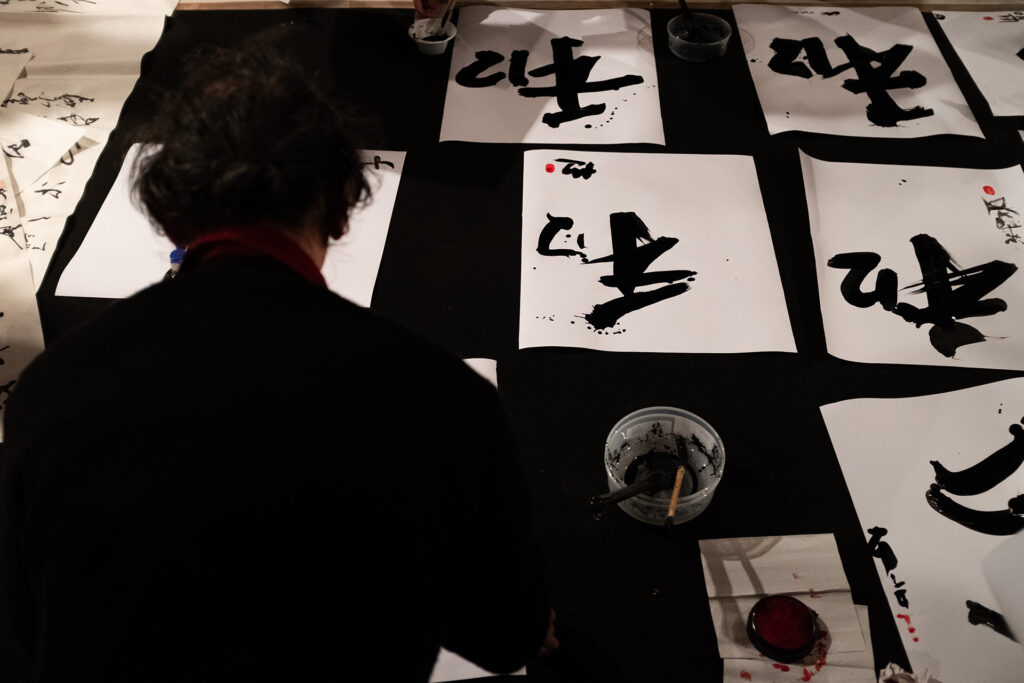
In 2019, with the collaboration of the photographic agency Magnum Photos, the Centre organised a workshop and a magisterial lecture focused on the question of "how to photograph the sacred". Jonas Bendiksen presented his photographic book Last Testament, depicting seven men who claim to be reincarnations of Christ, while anthropologist Manoël Pénicaud (CNRS) described the role of photography in religious anthropology, especially in pilgrimages. The dialogue between photography and research continues with events jointly organised with Magnum, such as a workshop with Alex Majoli (2021) and Sabiha Çimen (2022).
In the Invisible Lines , co-funded by the Creative Europe programme, we were able to explore the artistic language of comics, graphic novels, and illustrations, allowing us to communicate with new audiences. Having started in 2020 and due to run for two years, the project consists of a series of travelling workshops for young artists, who are asked to "draw the invisible", from a spiritual-metaphysical, social, and geographical perspective. Together with the project partners (the Hamelin cultural association, Central à Vapeur and Baobab Books), we will produce three books, bringing together the works of the young artists, while exhibitions have been held in Bologna, Strasbourg, and Tabor.
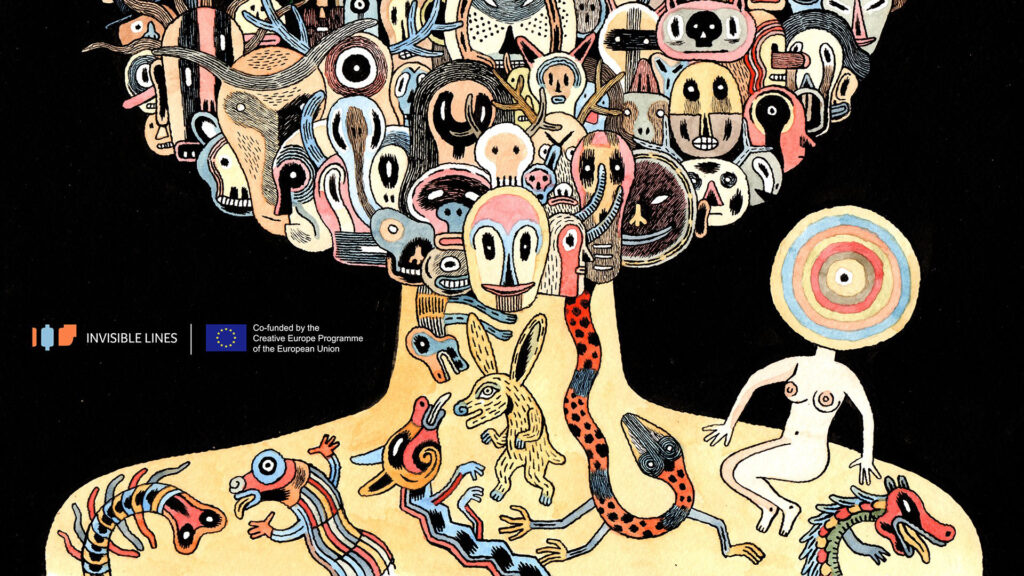
In 2020 we founded Religiographies: is an open-access, peer-reviewed, scholarly journal dedicated to the field of religious studies. Religiographies wishes to foster an interdisciplinary and comparative approach to religious phenomena, promoting dialogue between historians, sociologists, anthropologists, literary scholars, philosophers, and psychologists. We aim at promoting an anthropological history and at the same time a socio-anthropology with a strong historical emphasis, intending to avoid both socio-anthropological presentism and history that is only focused on ideas and institutions, ignoring materiality, emotions, and everyday lives. We encourage deconstructing and challenging categories (including the very word "religion") not as a theoretical exercise, a proof of concept, but as a practice, showing with fieldwork data the porosity and frailty of our categories. The intricate relationship between art and spirituality will be another core element of Religiographies. Starting from the 2010s there has been a renewed academic interest in the relationship between art/cultural products and religion/spirituality. Several scholars have showed how art played a crucial role in disseminating new religious beliefs and practices. Some described an epochal turn, through the concept of "occulture", which implies that esoteric and spiritual narratives and symbols have become ordinary in the cultural production, because of the "spiritual revolution" started in Western countries from the 1960s. Some authors pushed this argument further, arguing that art is replacing religion or that art is another form of religion(ing), considering artists as spiritual seekers. Art will play a pivotal role in Religiographies not only as a research object, but also as a research instrument. In fact, within the frame of "heterographies", we intend to give space to other forms of representations, such as photography, literature, comics, video, and artwork. These other languages will allow contributors – scholars and artists – to explore dimensions beyond the social sciences frame of objectiveness and coherence. This section, called "heterographies", is not strictly scientific: it will not be peer-reviewed, but will receive feedback from the editors and invited commentators. The "heterographies" will contribute to the growing field of "artistic research" or "art practice-based research". In fact, we think that artistic products can offer meaningful insights to the social and human sciences. Artistic knowledge deals less with discursive rationality and more with emotion, sensitivity, and the body, constituting as an "embodied" and "felt" knowledge. This embodied and felt knowledge is strictly connected with the capacity of art to produce empathy, transporting the reader to other cultural, historical, and ontological realms. As Tolstoy wrote: "The business of art consists precisely in making understandable and accessible that which might be incomprehensible and inaccessible in the form of reasoning". Finally, artistic knowledge, and we hope our heterographies, will help in exploring the "not-yet-knowing", creating new questions and disrupting our prejudices. Religiographies represents a novelty both in terms of methodology and epistemology. Finally, it will be open-access online journal on religious studies. It is also truly open access in that it is not only free to read but also free to publish in: authors do not pay fees, as they must for some other so-called "open access" journals that are in fact open only to readers, as the need to pay fees still limits authors' access to publication. We consider of the outmost importance the free accessibility of research outcomes in a period of growing social, economic, and cultural divisions and tensions.
